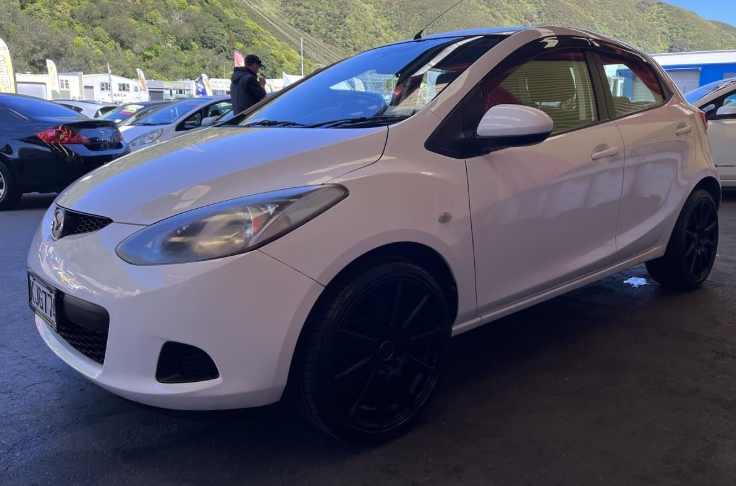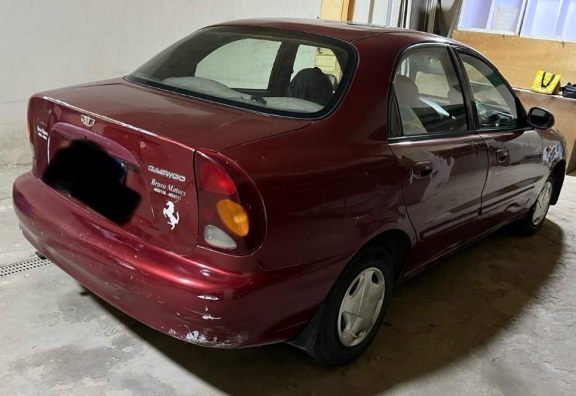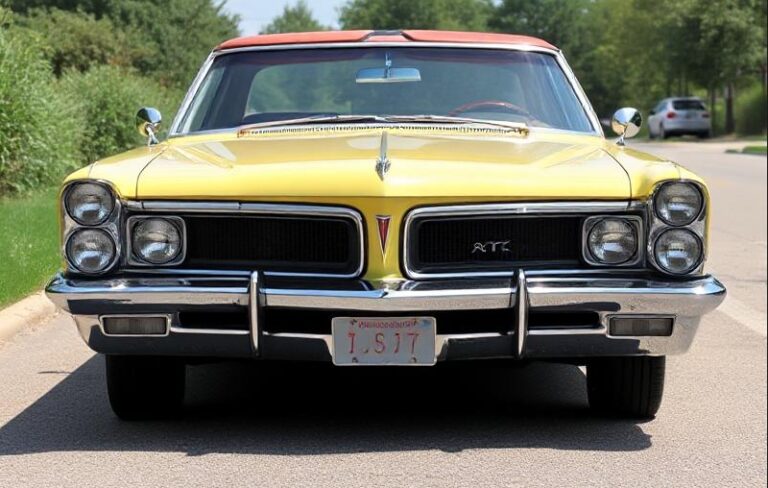The Evolution of the Isuzu Axiom
The Isuzu Axiom stands as a notable chapter in the history of Japanese automakers’ foray into the luxury SUV segment. Introduced in the early 2000s, the Axiom aimed to blend rugged utility with refined comfort, offering a distinctive choice in the mid-size SUV market. This article provides a detailed overview of the Axiom’s development, including its production timeline, models, and trim levels, charting its evolution from inception to discontinuation.
Introduction and Background
Isuzu Motors, renowned for its commercial trucks and diesel engines, ventured into the passenger SUV market with the Axiom in 2002. The vehicle was developed to compete in the increasingly popular luxury and mid-size SUV segments, facing competition from brands such as Acura, Lexus, and Infiniti. The Axiom’s design and features reflected Isuzu’s attempt to elevate its brand image and appeal to a broader demographic.
Production Timeline and Model Years
The Isuzu Axiom was produced from 2002 to 2004, a relatively brief production run that spanned three model years. Its short lifespan was influenced by shifting market dynamics, corporate restructuring, and Isuzu’s strategic focus on commercial vehicles and trucks.
- 2002: Introduction of the first-generation Axiom
- 2003: Continued production with minor updates
- 2004: Last model year before discontinuation
The vehicle was assembled primarily in the United States at Isuzu’s factory in Lafayette, Indiana, emphasizing its North American market focus.
Design and Platform
The Axiom was built on the GM GMT330 platform, sharing its underpinnings with the Chevrolet TrailBlazer, GMC Envoy, and Oldsmobile Bravada. This shared platform allowed Isuzu to optimize costs and incorporate proven engineering, but the Axiom differentiated itself with distinctive exterior styling, upscale interior appointments, and specific trim levels.
Model and Trim Levels
Throughout its production, the Isuzu Axiom was offered in various models and trim levels, catering to different customer preferences and budgets. The key trims included:
- Base
- S (Sport)
- LS (Luxury Sport)
- Premium (introduced in later years)
Let’s explore each in detail.
2002 Model Year
Introduction of the Axiom marked the debut of the vehicle with three primary trims:
- Base
- Features: Cloth upholstery, manual air conditioning, AM/FM stereo with CD player, power windows and locks, and 16-inch steel wheels.
- Focused on affordability and practicality.
- S (Sport)
- Features: All base features plus 17-inch alloy wheels, fog lights, upgraded interior trim, and sport-tuned suspension.
- Aimed at buyers seeking a more dynamic appearance and handling.
- LS (Luxury Sport)
- Features: Leather upholstery, automatic climate control, premium audio system, 18-inch alloy wheels, and additional interior comfort features such as wood trim accents.
- Targeted at the luxury-minded customer.
2003 Model Year
The 2003 Axiom saw minimal changes but maintained the same trim hierarchy. Notable updates included:
- Slight exterior styling tweaks, such as revised grille and headlights.
- Introduction of optional packages that allowed customers to add features like a sunroof, upgraded audio, and alloy wheel upgrades.
The trim levels remained consistent: Base, S, and LS, with the LS continuing as the top-tier offering.
2004 Model Year
The final production year introduced some notable updates and the Premium trim level to the lineup, reflecting an effort to enhance its competitiveness.
- Base
Maintained its focus on affordability, with standard features similar to earlier years. - S
Continued to emphasize sporty styling and handling, with optional features like a premium sound system. - LS
Remained the flagship trim with leather seats, premium audio, and luxury features. - Premium (introduced in 2004)
- Features: Leather upholstery, heated seats, a sunroof, upgraded audio system, and 17-inch alloy wheels.
- Served as the top-tier trim, offering a more refined package for upscale buyers.
Powertrain and Performance
The Isuzu Axiom was equipped with a 3.5-liter V6 engine, which was consistent across all trims and years. The engine produced approximately 215 horsepower and 230 lb-ft of torque, providing adequate power for a mid-size SUV. Power was routed through a 4-speed automatic transmission, with either rear-wheel drive (RWD) or optional all-wheel drive (AWD).
The vehicle’s suspension combined independent front and rear setups, delivering a balance of comfort and handling. The Axiom’s towing capacity was rated at around 3,500 pounds, making it suitable for light towing tasks.
Notable Features and Technology
Throughout its brief production span, the Axiom incorporated several features aimed at enhancing comfort, safety, and convenience:
- Safety features: Standard front airbags, optional side airbags, anti-lock braking system (ABS).
- Interior features: Power-adjustable seats, cruise control, premium audio systems, and optional navigation systems in later years.
- Exterior features: Alloy wheels, fog lights, roof racks, and optional sunroofs.
.

.
Market Position and Reception
The Isuzu Axiom was positioned as a more affordable luxury SUV alternative, leveraging its platform sharing with GM vehicles. Despite its attractive features and competitive pricing, the Axiom faced stiff competition from established brands with longer-standing reputations in the luxury SUV market.
Critics appreciated its ride comfort, interior quality, and solid performance. However, challenges such as limited brand recognition and a relatively short model run limited its market impact.
Discontinuation and Aftermath
By 2004, Isuzu decided to discontinue the Axiom, primarily due to declining sales and the company’s strategic shift away from passenger vehicles. The vehicle’s platform was closely related to other GM models, and Isuzu opted to focus on its core strengths in commercial trucks and diesel engines.
Following the discontinuation of the Axiom, Isuzu did not release a direct successor in the luxury SUV segment. Instead, the company reaffirmed its focus on commercial vehicles, including pickups and trucks, where it maintained a strong presence.
Legacy and Collectibility
Although the Isuzu Axiom had a short production run, it remains a unique example of Isuzu’s efforts to enter the luxury SUV market. Its distinctive styling and the use of GM underpinnings have made it a point of interest among enthusiasts and collectors, particularly those interested in rare and overlooked vehicles of the early 2000s.
Conclusion
The Isuzu Axiom’s evolution from 2002 to 2004 reflects a strategic attempt by Isuzu to diversify its vehicle lineup and appeal to a broader customer base. With its three primary trims—Base, S, LS, and later Premium—offering a range of features and options, the Axiom aimed to balance affordability with luxury and sportiness.
Despite its brief lifespan, the Axiom contributed to the landscape of early 2000s mid-size SUVs and exemplified Isuzu’s engineering capabilities and design ambitions during that period. Today, it remains a testament to the brand’s innovative efforts, and its legacy endures among enthusiasts seeking a distinctive, if somewhat overlooked, SUV.







